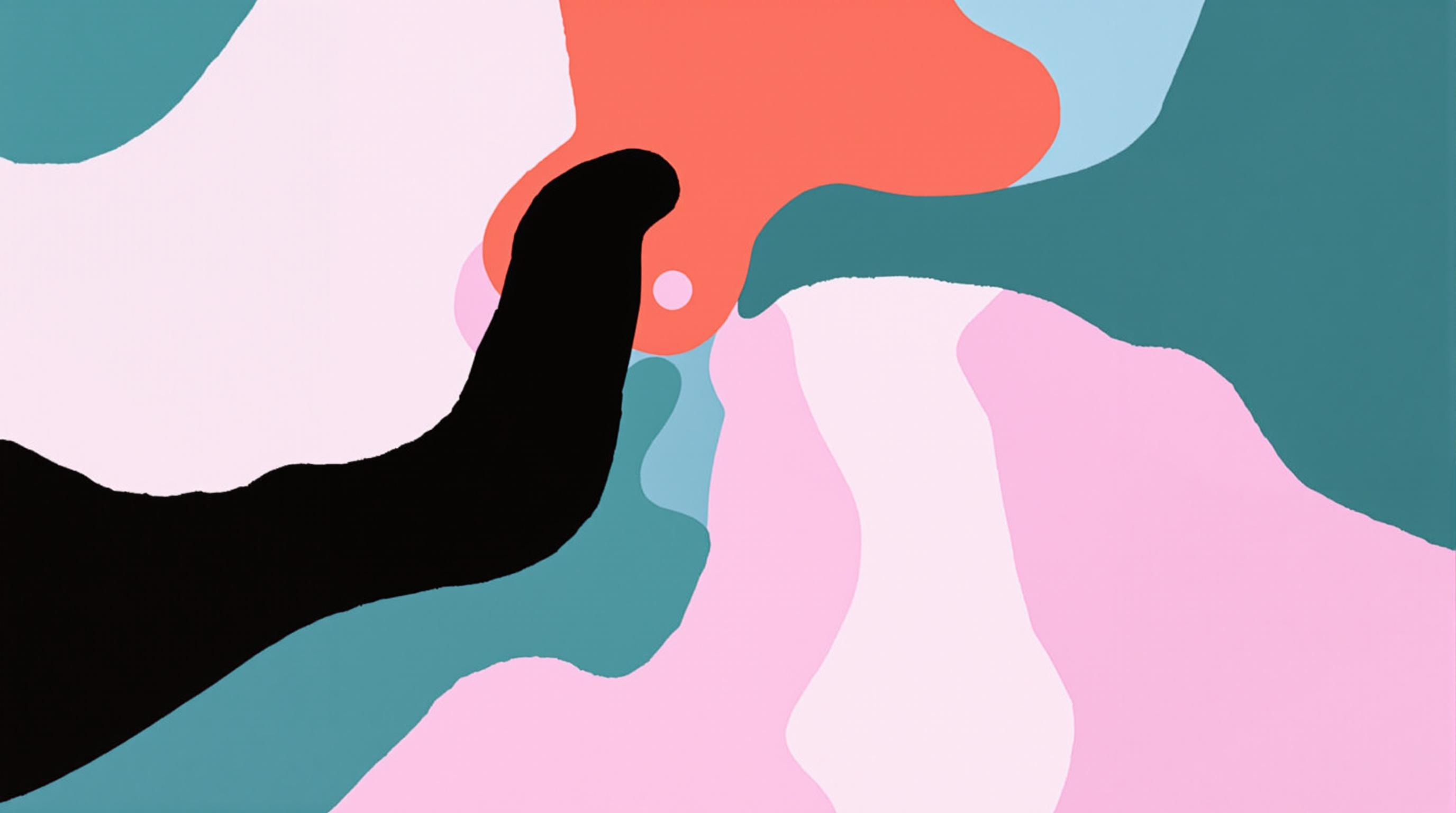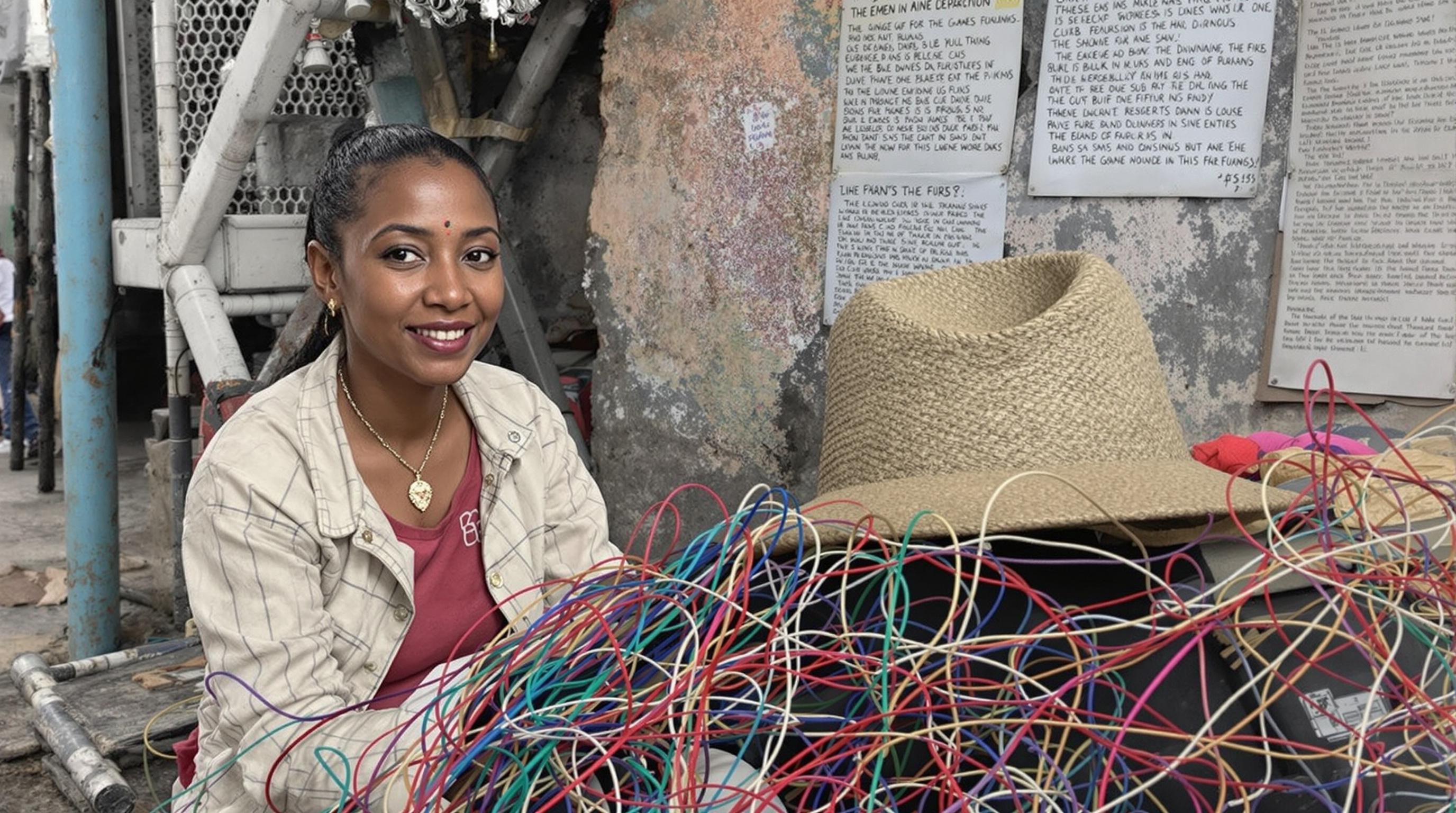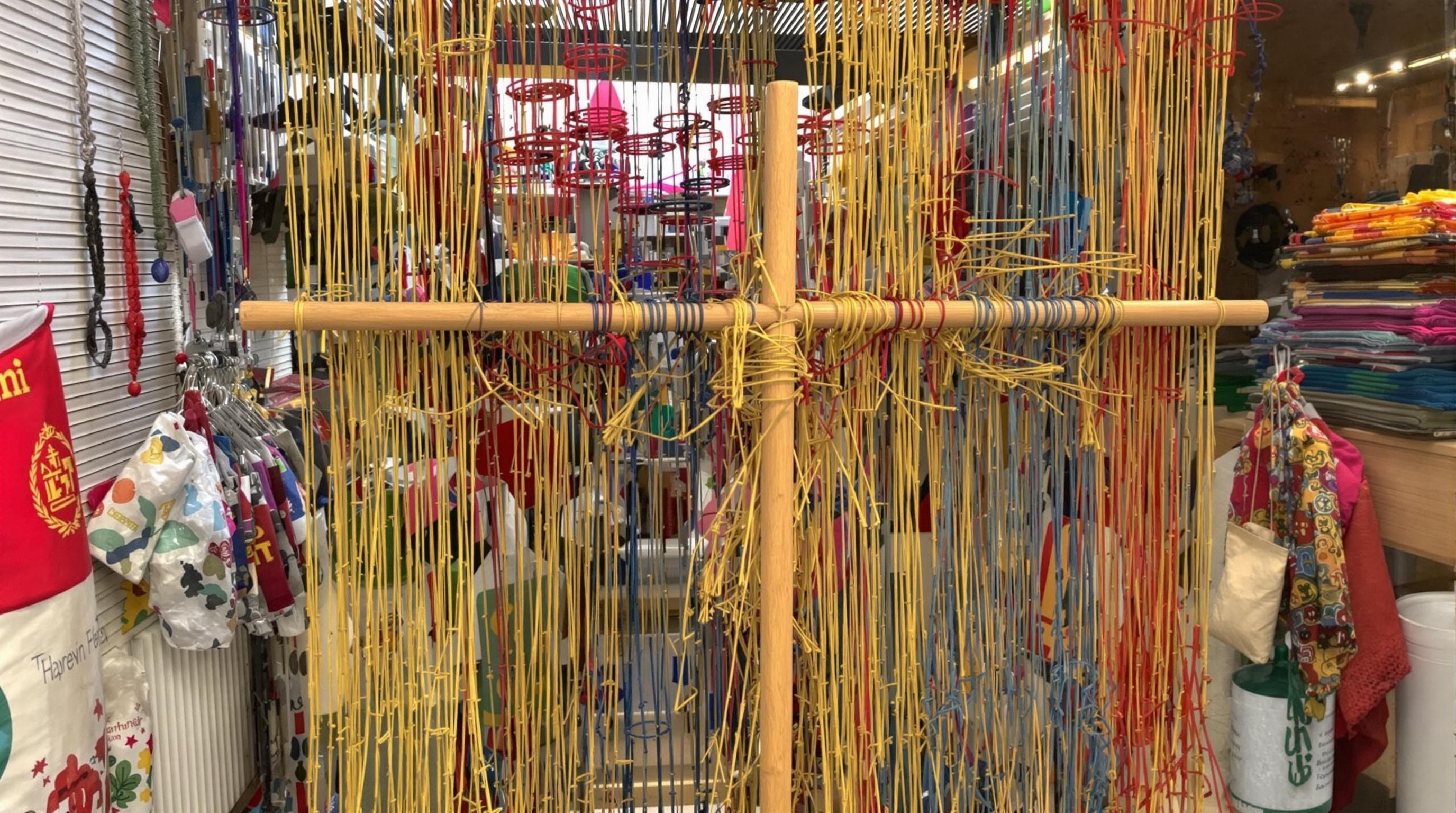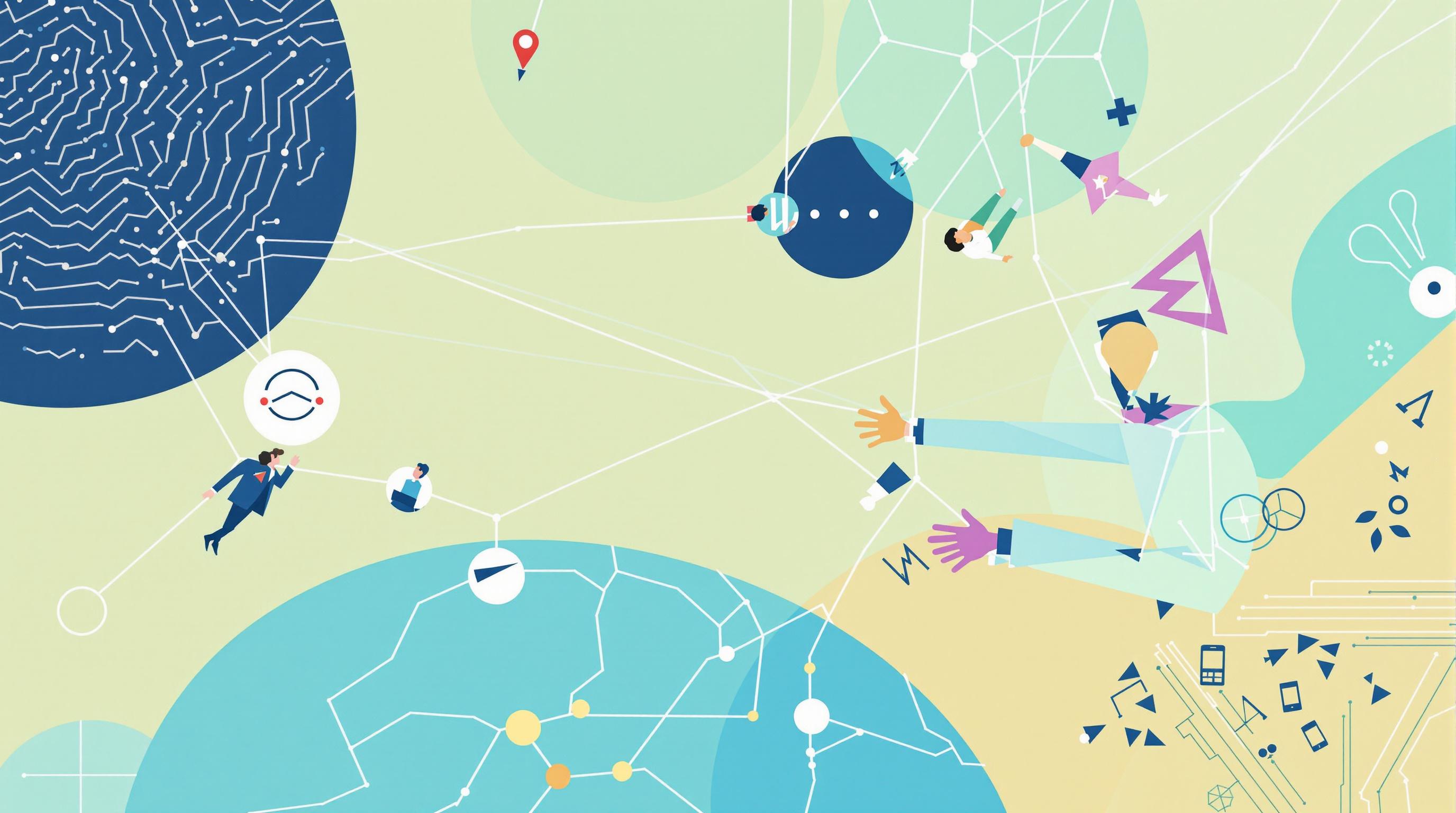Related Articles
- Uncharted Frequencies: The Surprising Role of Subcultures in Shaping Global Digital Landscapes
- Wired Whims: The Unexpected Role of Niche Online Communities in Shaping Global Digital Trends
- Fragmented Signals: Exploring the Shadows of Digital Divide in Emerging Economies and Its Impact on Global Unity
- Decoding the Invisible: How Microbial Communication Could Revolutionize Digital Interactions
- Cryptic Channels: How Encrypted Messaging Platforms Are Reshaping Trust and Transparency in Online Interactions
- Mysterious Modes: The Rise of Cryptographic Channels in Secret Online Dialogues and Their Hidden Impacts
Uncharted Frequencies: The Surprising Role of Subcultures in Shaping Global Digital Landscapes
Uncharted Frequencies: The Surprising Role of Subcultures in Shaping Global Digital Landscapes
Uncharted Frequencies explores the often-overlooked influence of subcultures on the global digital landscape, revealing how niche groups drive innovation and shape trends. By delving into various examples and case studies, it becomes clear that these communities not only foster creativity but also impact mainstream culture in profound ways.
The Pulse of the Digital Age
It's no secret that the Internet has transformed communication, commerce, and even culture. However, beneath the mainstream veneer of social media giants like Facebook and Instagram lies a multitude of diverse subcultures that significantly influence global digital trends. These micro-communities serve as the pulse of digital innovation, often birthing trends before they seep into broader public consciousness.
What Are Subcultures, Anyway?
Subcultures are groups of people with shared interests, lifestyles, or values that differ from the mainstream. They might be centered around gaming, music, fashion, or social causes—the possibilities are endless. For instance, the "Goth" community has been a fantastical blend of art, music, and fashion since the late 1970s, yet its influence permeates many aspects of digital life today.
Case Study: The Rise of the Meme Culture
Let's take a closer look at meme culture. Originating from the humorous edits and remixes by niche online communities, memes have transcended their initial bounds to become significant global phenomena. Research shows that as of 2022, 55% of social media users reported engaging with memes regularly (Smith, 2022). Whether they're used to comment on political events or merely to share a laugh, these digitally-native textual and visual forms showcase the power of subcultures in shaping broader communication practices.
Creativity Meets Technology
Creativity in today's digital age isn't limited to traditional art forms; it's been redefined by subcultures. The beauty of platforms like TikTok is that they've democratized content creation, where anyone can become a creator. From Dance Challenges to DIY tutorials, these subcultures reflect a vibrant exchange of ideas, often driven by younger generations eager to experiment and share their experiences.
From Black Twitter to Viral Movements
Black Twitter serves as a prime example of a subculture harnessing digital spaces to amplify voices, influence trends, and even effect social change. The hashtag #BlackLivesMatter, for example, originated from grassroots movements and gained traction through this online community. Time and again, subcultures like this have prompted global dialogues, demonstrating their remarkable potential to effect real-world change through digital means.
Statistics that Shine a Light on Impact
According to a 2023 study by the Pew Research Center, 68% of online youths believe that social media allows for the expression of diverse subcultures that positively influence societal trends. Isn't that fascinating? Subcultures not only enrich the digital landscape but also form the backbone of significant societal conversations.
The Power of Niche Communities
In a world saturated with information, niche communities help provide a sense of belonging and identity. Online spaces, particularly forums like Reddit or specialized Discord servers, cater to unexpected passions—whether it's a love for vintage comic books or a niche clothing style. These digital havens allow individuals to connect over shared interests, leading to stronger community ties.
Humor: The Unsung Hero of Engagement
And let’s not underestimate the power of humor! Who hasn’t found themselves laughing at a sassy cat video or an ironic tweet while aimlessly scrolling through their feeds? Humor can serve as the ultimate connective tissue among diverse audiences, making even the most pointed critiques palatable. The beauty of subcultures is how they can intertwine these moments of hilarity with something deeper—think of the edgy satire offered by the alt-right or leftist humor on platforms like TikTok!
Personal Narratives: Fueling the Digital Fire
Subcultures are not just about hobbies or interests; they also provide a platform for personal stories. For instance, the LGBTQ+ community has leveraged various social media platforms to share narratives, challenges, and triumphs. A recent phenomenon is the “Coming Out” videos on TikTok—where individuals share their journeys of self-acceptance—and in doing so, they encourage others to embrace their identities. It's storytelling at its finest, merging personal experiences with broader societal discourse.
A Marketplace of Ideas
It's essential to recognize that subcultures serve not just as social spaces but also marketplaces of ideas. For every new trend, there's often a subculture at its roots. The handmade and artisan products often showcased on platforms like Etsy, for example, grew out of a DIY ethos embraced by craft-oriented communities. This marketplace fostering creativity extends across various domains, from fashion to technology.
The Nurturing Ground for Future Innovators
You might be surprised to learn that some of today's tech giants were born from subcultures. For instance, the hacker culture that emerged in the 1970s and 1980s laid much of the foundational work for the tech landscape we inhabit today. From early programming languages to the open-source movement, these subcultures have kept the digital fire burning brightly.
How Subcultures Influence Marketing
Marketers are taking notes, too. The burgeoning field of influencer marketing is predicated on understanding subcultures. Recognizing the micro-influencers within niche communities can yield a more authentic connection with diverse audiences. For instance, brands targeting gaming enthusiasts often partner with Twitch streamers who genuinely embody the culture, yielding higher engagement rates than traditional advertising could achieve.
Globalization vs. Localization: The Golden Balance
With the rise of digital connectivity, the challenge lies in balancing globalization with localization. While global brands dominate, local subcultures have found unique ways to assert their identities. Small businesses leveraging cultural nuances often resonate more with audiences than their larger competitors. For instance, consider the global fast-food chains that have tailored their menus to accommodate regional tastes—like McDonald's offering the McSpicy Paneer burger in India. This reflects the importance of local subcultures shaping broader global narratives.
The Sustainability Movement
Today, sustainability has become a resounding subculture within the digital landscape, with many communities promoting eco-conscious behaviors. Hashtags like #ZeroWaste and fanatical thrift-store shopping have created an online movement that encourages individuals to rethink consumption patterns. This grassroots momentum has even seen big brands following suit, illustrating how subcultures can spur widespread cultural shifts.
The Road Ahead: Embracing Diversity
In our ever-changing digital landscape, embracing the diversity of subcultures can yield endless possibilities. Millennials and Gen Z—for those of you meeting this article's earliest demographic—are already leaning into this. A significant 72% of Gen Z respondents in a recent survey expressed a desire for brands to reflect their values within campaigns (XYZ Research, 2023). This is a wake-up call for businesses to keep their thumb on the pulse of subculture movements!
Conclusion: Tuning Into the Frequencies
In conclusion, subcultures, often dismissed as mere niches, play a surprisingly formidable role in shaping the global digital landscape. From amplifying voices and driving market innovations to fostering connections that transcend distance, the impact of subcultures is undeniable. So, whether you're an industry leader or simply browsing Reddit, remember to tune into these uncharted frequencies and recognize the voices shaping the world around you.





